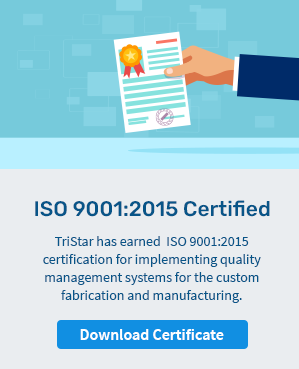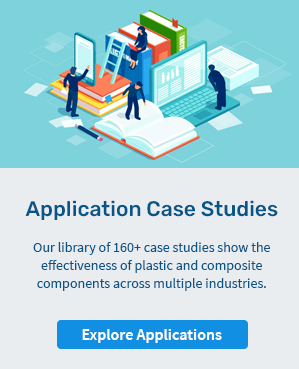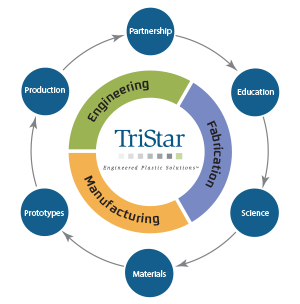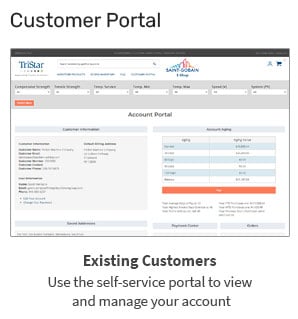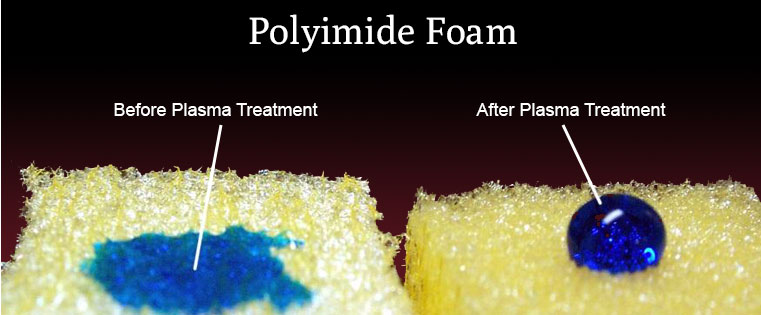
In honor of this recent commencement season, today we’re sharing a lesson right from our bearing resource center, TriStar University. Here’s a back-to-basics review of how plasma treatment works. Essentially, plasma treatment is a low-pressure gas process that removes all traces of organic contamination to improve the outcomes of secondary applications.
Here’s how it works:
Have you ever experienced the power of plasma? You only need to look at fluorescent lights or neon signs to see the plasma process in action. Both of these light applications use the visible light that is released by plasma discharge.
Plasma treatment occurs when gas is exposed to an energy source such as electricity or microwave, and becomes a mixture of ions, radicals, free electrons and other types of molecular fragments. The resultant plasma treatment is the means by which all traces of organic contamination are removed.
How is plasma treatment used?
Plasma treatment is used to treat the surface of virtually any material, including metal, polymer, glass, elastomer, ceramics and others. It increases bonding, which includes the adhesion of one part to another, and the bonding of the thin coatings (or thick layers) of adhesives, overmolding or potting resins to the substrate.
Plasma can treat materials that are too hydrophobic (non wettable) or too hydrophilic (wettable) for the application they are intended for. The process can be classified into two categories; atmospheric and low-pressure or vacuum, as both use energy to ionize gas. Corona atmospheric treatments are generally used to treat larger substrates, and can easily make commodity-grade polymers wettable to improve coating adhesion. Explore the advantages of corona treatments. Low-pressure plasma treatments incorporate a vacuum chamber instead of direct contact with an open electrical charge.
Who’s using plasma treatment?
- Medical and biotech manufacturers incorporate plasma treatment to combat contamination for micro cleaning.
- Aerospace companies use it to enhance bond strength.
- Electronic manufacturers incorporate plasma to protect sensitive components in potting.
- Printing companies use plasma to better adhere water-based inks and screen prints on devices.
Can plasma surface modification improve your manufacturing results? Just fill in a Surface Modification Design Worksheet to discover the potential, or connect with the Experts for advice!

